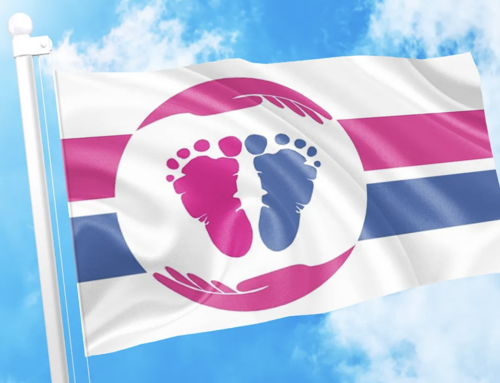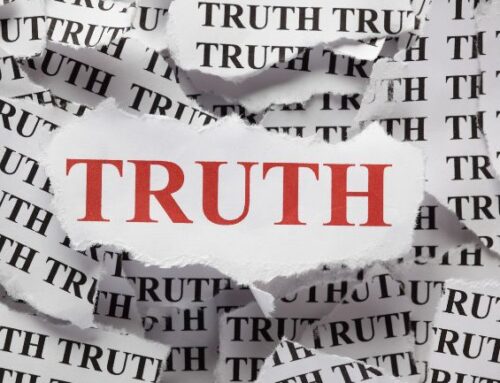Pro-lifers in North American know that they have few friends – many enemies – on the media. In the press, on radio and on television, the news is not reported objectively but is coloured and manipulated to suit the media’s own political and social ideologies.
Any active pro-life can give examples of biased stories, misquotations remarks taken out of context, and even outright lies, all don in order to mock or attack the pro-life cause.
We all know that numbers of rallies are subject to special mathematical formulae: If a rally is pro-life, divide number present by two; if a rally is pro-abortion, multiply number present by two – or any number needed to make the occasion appear significant.
Quite apart from the pro-life issue, lack of objectivity in reporting the news is a major threat because other values are also under attack. The fact is that the media are the opinion molders of our modern society.
The authors of a recently-published book, The Media Elite, say, “To a degree that was hardly envisaged a generation ago, the media stand at the center of the struggle for social influence. They act as gate-keepers for the message contending groups and individuals wish to send to each other and the general public.
“We report news, not truth”
If the message is one that does not conform to the media’s ideology, it does not get past the gate.
Who, then, are the members of this elite group – the men and women of the national media who have such power? What are their backgrounds?
The Media Elite, published by Adler and Adler, gives the results of an extensive and detailed study of the background, attitudes, perspectives and performances of men and women in the national media in the United States. The authors are S. Robert Lichter, research professor in political science at George Washington University; Stanley Rothman, professor of government at Smith College; and Linda S Lichter, co-director (with Robert Lichter) of the Center for Media and Public Affairs in Washington, D.C.
They found that the “media elite” are well-educated, well-paid professionals, mainly in their thirties and forties, 95 per cent white, and 79 per cent male. They also identify a number of religious, social and political characteristics common to the group.
Religion
Reject any religious affiliation 50 per cent
Jewish 14 per cent
Protestant 20 per cent
Catholic 12.5 per cent
Regular attendance at Church or Synagogue 8 per cent
Social and Economic
Strong supporters of affirmative action 80 per cent
Believe women have a right to abortion 90 per cent
Believe homosexuality is wrong 25 per cent
Think adultery is wrong 47 per cent
Politics
Left of centre (their own views) 54 per cent
Right of center (their own views) 17 per cent
The proportion of leading journalists supporting the Democrat Party (with a policy of abortion on demand) was never under 80 per cent.
The future is even more bleak. A survey of students at Columbia’s School of Journalism shows that there is a further – and marked – move from traditional values. It is likely that the news in the future will be reported with even more bias.
It should be noted that many journalists make no secret of their bias. Robert Bazell of NBC is quoted as saying: “Objectivity is a fallacy. Journalism almost always is about a point of view.” And Linda Ellerbee, also of NBC, says, “We report news, not truth…there is no such thing as objectivity.”
Americans are being presented with a one-sided view of the world, of social issues and political problems. How can they make correct decisions when they are only allowed to hear one side of a debate? How seriously is the Canadian media affected, and how can pro-lifers counter this bias?



